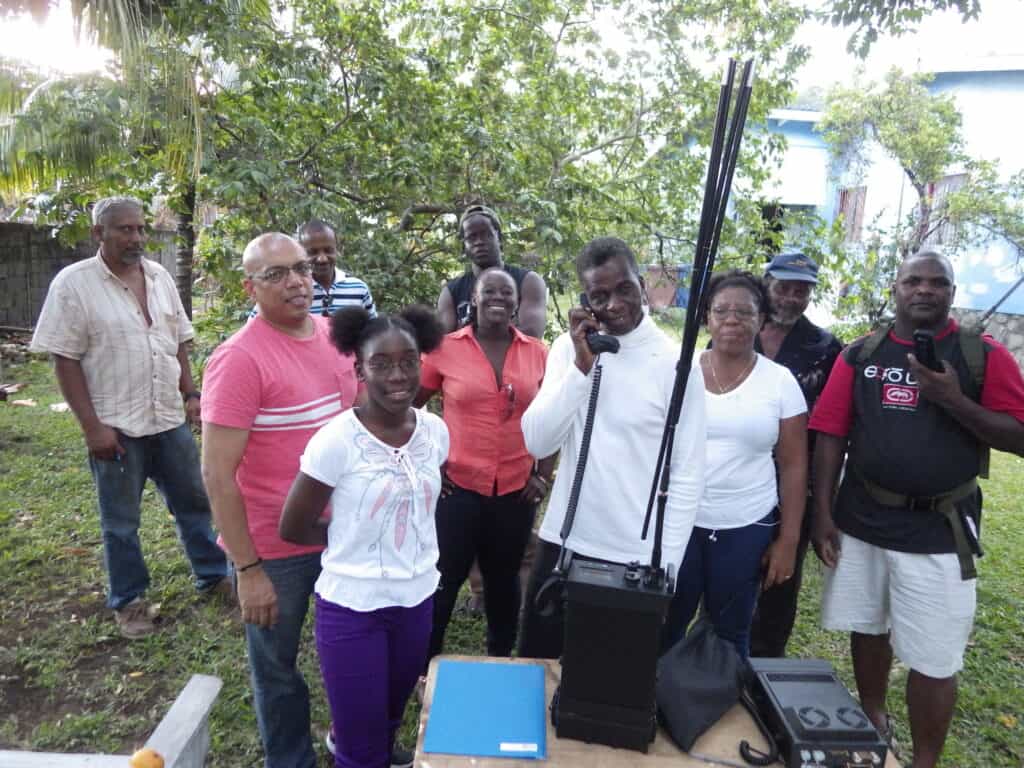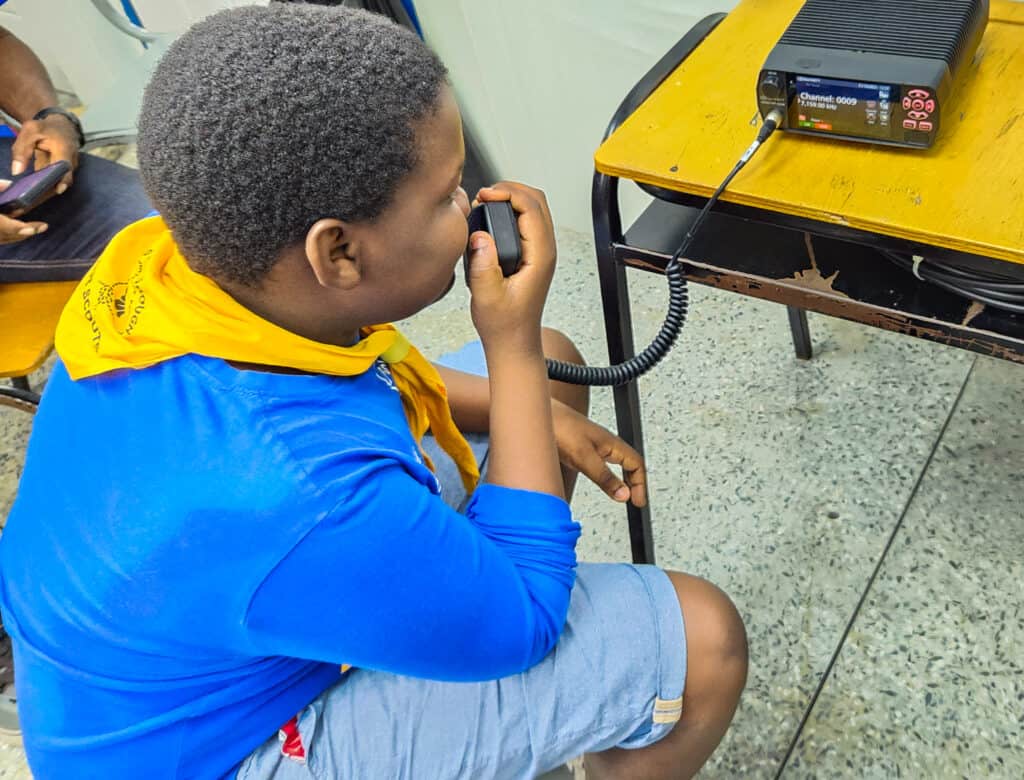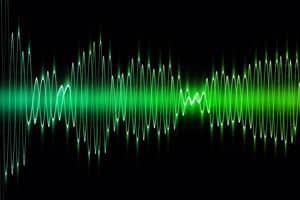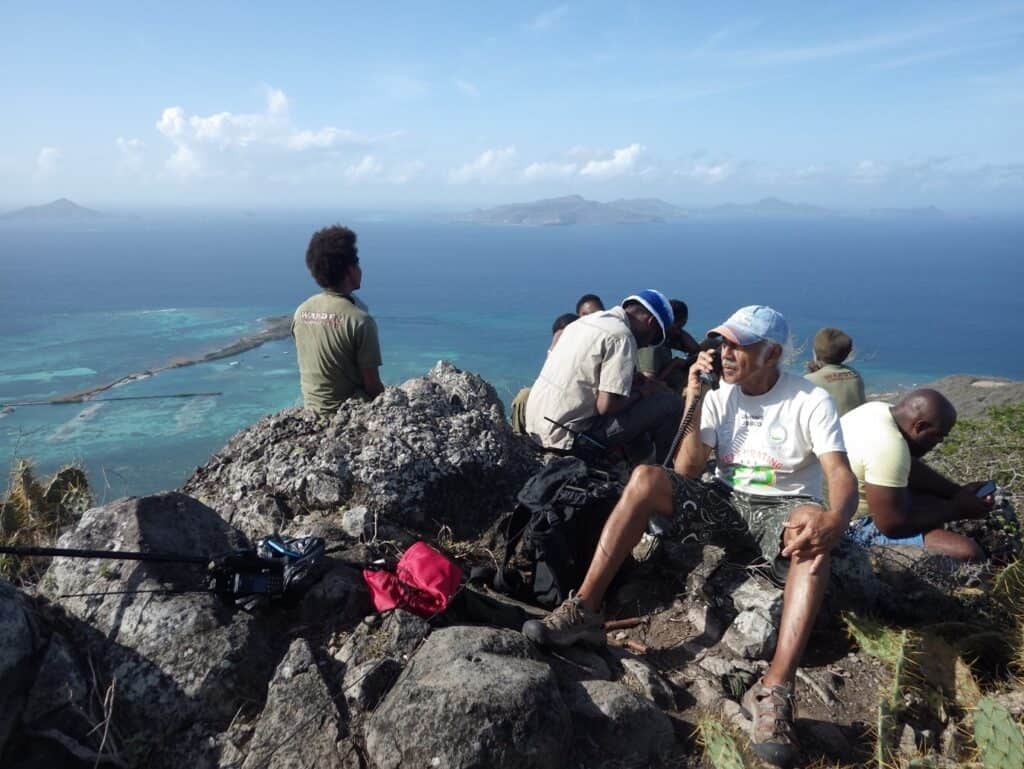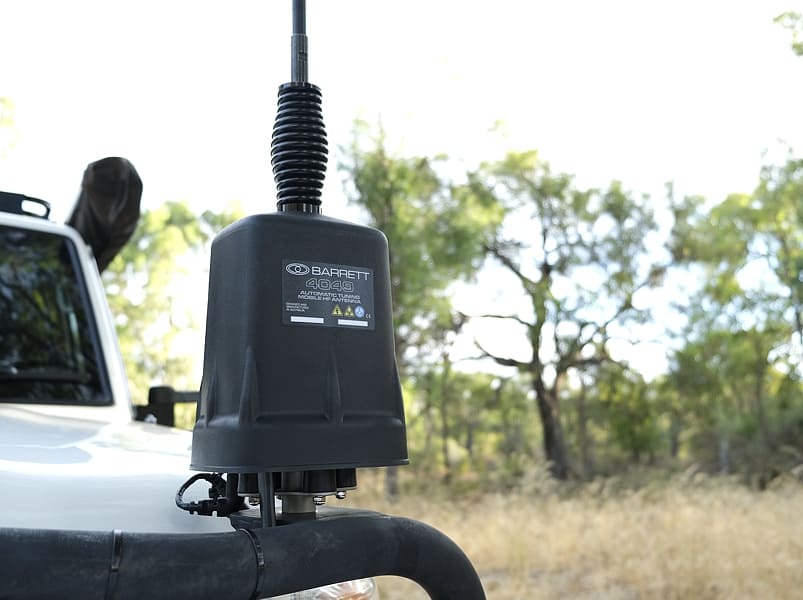How do VHF radio waves travel?
How do VHF radio waves travel?
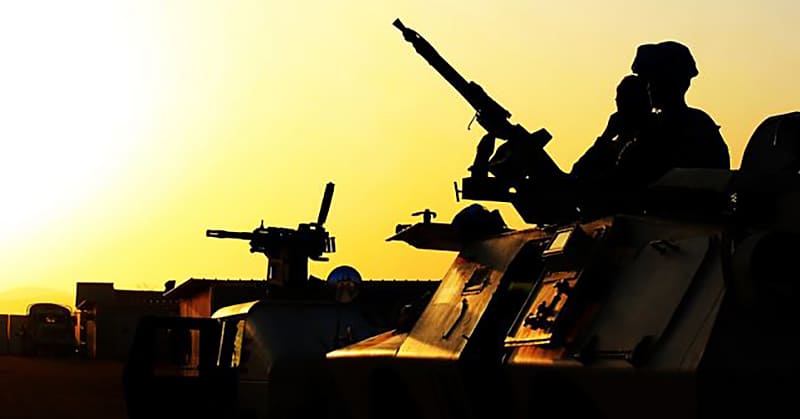
When personnel need a reliable way of conveying messages to one another and onwards to a base of operations, very high frequency (VHF) radio is one of the most effective forms of communication. Due to the way these radio waves travel, VHF is used when there is an unobstructed path between two radios. This is known as line-of-sight (LOS) communication.
Let’s take a closer look at how VHF radio waves travel, and what this means for tactical and military efforts in the field.
Understanding the radio horizon
The VHF frequency band is defined as the frequency range from 30 to 300 megahertz (MHz). This means that the size of antennas used in VHF radio are much smaller and lighter than those in HF radios – a big advantage for manpack radios in the field.
The primary mode of propagation for VHF radio waves is through direct waves. These travel in a straight line, becoming weaker as distance increases.
Transmitting and receiving antennas must be able to ‘see’ each other for communications to be effective, so antenna height is critical in determining range. Because of this, direct waves are sometimes called LOS waves.
Height and LOS range in action
The visible horizon observed at approximately 1.5 meters (5 feet) above a flat surface of ground is less than 4.3 kilometers (2.6 miles) away. This is approximately the maximum LOS range from a manpack radio on the back of a standing soldier to another manpack radio that is lying on the ground.
If the receiving radio is also elevated to the back of a standing soldier, the maximum distance is be doubled. In this case, the LOS distance is 8.6 kilometers (5.3 miles). But, if the second soldier is standing beyond this distance – say at 11.2 kilometers (7 miles) from the transmitting radio – the shadowing effects of the Earth’s curvature prevent the second soldier from receiving the radio wave. In this case, 11.2 kilometers is beyond LOS and not within reach of VHF radios in these positions.
It is clear that the elevation of both the transmitting and receiving antennas is crucially important. For example, if the receiving antenna were mounted on an 8-meter (26-foot) tower, the total LOS distance would be increased to 14.5 kilometers (9 miles).
Of course, if the radiomen were both located on the tops of mountains, the LOS range might be as much as 50 to 100 kilometers (30 to 60 miles).
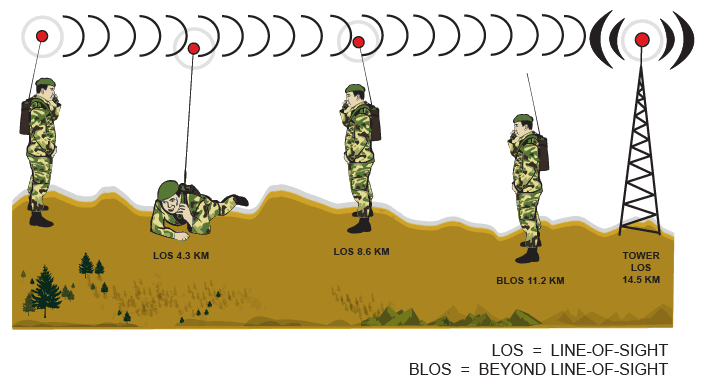
Many manpack radios have various power settings: Low power settings are often adequate and extend battery life. On the other hand, there are situations where increased power is beneficial. In urban areas where high radio frequency noise is prevalent, higher power increases the signal-to-noise ratio and improves reception.

It is important to note that these signals are affected by ground conditions like geophysical features and electromagnetic conductivity. As such, there may be a number of paths they take between two points of communication.
The distances and measurements mentioned in this article are only intended as a guideline. To learn more about VHF radio and its uses in tactical applications, contact a Barrett Communications representative today.


